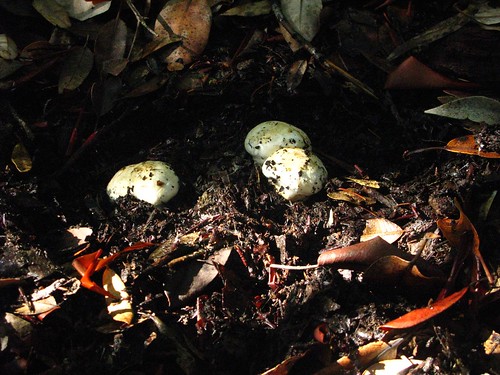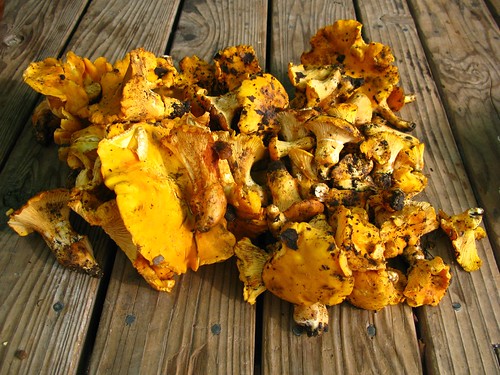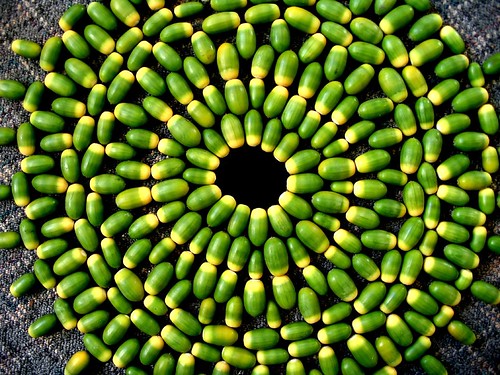
Coastal survey map from 1859.
The same territory my little apartment in Berkeley sits on is thick with human history. In 1542, when Juan Rodríguez Cabrillo sailed up the coast of California under a Spanish flag, my rented land was occupied by an entirely different culture; the Huichan, part of the larger Ohlone group, (now included in the petition for federal status by the Muwekma). Pre-Spanish California had an unusual density of languages and neighboring tribelets within a few square miles might only understand a few words of one another's vocabulary (map here). The precise count of villages and their populations is muddled by the rapid obliteration of the tribes by disease and missions, but evidence suggests that the East Bay area was home to some 30,000 people. They may have lived on or near the Emeryville and University Shellmounds. Rising 60 ft these mounds were massive accumulations of marine detritus, ashes, broken bits of material culture, and thousands of human burials.

Current aerial photo of Emeryville shellmound site with mound height & burial location map superimposed. Green is the highest and deepest point of the historic mound approximately 60 feet in height (400ft in diameter). The site is now a large outdoor shopping mall with townhouses above, looking down on a false mainstreet. The bodies that were disinterred during the 1992 excavation were returned to the site, where they remain.
The stratigraphic analysis of these shellmounds suggests that the geography and culture of the Ohlone changed little for over 5000 years. Their diet consisted of an astonishing diversity of plants, mammals, birds, reptiles, amphibians, fungus, insects, and shellfish. Every part of their environment was known and used based on millenia of experience. A reliance on biodiversity for a secure source of food, fiber, and shelter seems to have fostered a culture that valued and managed land for total system health and resilience. For example, if the acorn crop got wormy they could always eat the nuts of Aesculus californica, if rabbits were scarce gophers would do.

What we might call a "natural landscape" provided them with the raw materials for homes, groceries, hardware, clothing, weapons, household goods, and a complex mythology that wove the relationship between humans and an ecosystem into a coherent cultural framework. In exchange for this richness the Huichin were careful stewards of their productive landscape, understanding that in order to take resources from the earth a reciprocal act of maintenance (physical or spiritual) had to be given in return to insure the long-term stability of their way of life. What developed was a form of agroforestry aimed at the reliable production of food/fiber through the careful maintenance of multiple successional stages in an intricate spatial and temporal matrix. Controlled burning, weeding, coppicing, sowing seeds, transplanting, irrigating, pruning, and potentially composting (as Dr. Lee Klinger argues here..PDF) were all common practices that held the landscape in peak productivity and (in contrast to agriculture) biodiversity. For a thorough treatment of the wide variety of management practices used by native Californians I'd highly recommend M. Kat Anderson's Tending the Wild. While there is certainly evidence of over-exploitation of resources, such as some marine mammals, a relatively static culture persisted for millennia in a geographical area of a few dozen square miles, indicating a viable cultural resource management strategy.
Luseno song

Early maps of California consistently depicted it as an island. The landscape changed as they generated more accurate maps; introduced grasses, cattle, and the steady decline of indigenous stewards changed how the land looked and functioned.
The rules have changed in the 500 years since the Huichan walked through my backyard, and it's unlikely that we'll all join the neo-anarcho-primitivist camp and make do with our bodies' capacity to produce what we need from our local territory. However, the burgeoning indigenous foods market suggests a way to steward the land in a more traditional way, safeguard the diversity of our forests, and make a bit of cash for communities up against a wall.

Map of California's forested, non-agricultural land. These forests grow where the rain falls.
The mountains and forests of California produce large volumes of food & fiber on otherwise non-arable land. Some of this food is being taken advantage of; wild game, shellfish & fish, easily recognized edible mushrooms, some greenery for the floral trade, and of course timber. Most of what these forests produce is given over to the squirrels and birds. Many of these wild indigenous foods could be considered "superfoods", rich in complex vitamins and minerals that are increasingly rare in our overbred fruits and vegetables. And with the exception of matsutakes & chantrelles I can't buy any of it at my local grocery store. Indigenous superfoods from the global south? Whole Foods. Superfoods from my backyard? Fringe.

A cluster of number one matsutakes just uncovered in the mountains of Southern Oregon. These mushrooms can fetch exhorbinant prices in Japan and high end groceries along the West Coast. I sold these to Cambodians in a shipping container sitting in a gravel parking lot for $8/lb. Experienced pickers guess that the yearly hunt for these heady fungi manages to find 10% of the total crop.
The danger of course lies in the power of money to incentivize quick profit over sustained yield. When a single part of a forest is marketable it has resulted in over-exploitation of that resource (pre-1900 hunting nearly destroyed most wild game populations in the U.S and did the passenger pigeon in). What's to keep these agroforestry products from being decimated by market pressure? I think a demand-side pull for these goods to be sourced with specific techniques is most likely. The market is niche anyway, and the better the story behind the product the better chance it has of gaining a foothold. "No fossil fuels were burned in the growth, harvesting, preparation, and transport of this food." Forage SF is a great example (that is BLOWING UP) of a supplier in this potential chain, providing boxes of wild foraged California foods (including fish) to people in the Bay area, as is Foraged and Found Edibles in Seattle that brings wild food to farmer's markets in the city.

I think the next step is to stop looking at the landscapes where foraged foods are gathered as wild areas that we snag from, and start thinking of them as gardens that we tend. Start using the action and energy of foraging to manage the land with the goal of producing more of what you just picked next time you come to pick it. Pruning, removing brush, loosening soil, burning small biomass piles where appropriate, and sowing seeds for desirable non-aggressive, preferably native, perennial food crops. This might seem like heresy to the ardent protector of wild lands, but the notion of a silent lonely wilderness is a recent cultural construct. These lands are not wild, they're feral, and there's evidence (M. Kat Anderson again) that not only do many of California's distinct ecosystems benefit from human action, some actually require it.


Top photo is from Tilden Park in the hills above Berkeley. The trees in the middleground are invasive eucalyptus that suppress understory vegetation with their heavy allelopathic (toxic) litter. The areas of the park where this plant has not invaded are rich in resources like acorns and the epic Golden Chantrelle of California. The largest chantrelle in the world.
This would open up acres of California's land for the production of a variety of edible native plants, animals, and fiber including building materials & biomass. Currently most of this land is public and managed for timber, usually Douglas Fir. While historically a boon for small rural communities the shine is off the timber industry and many towns bordering federal lands are betting on the marijuana boom to keep them afloat. If marijuana is normalized and the bottom begins to creep out from under the market, where do we go? Agroforestry as an alternative requires biodiversity with a complex ecosystem and produces food that has the potential to reconnect people with their land. For example Lomakatsi Forest Restoration teaches communities how to care for their oak trees and is working to bring healthy fire back into forests. Or Whole Trees Architecture a community supported forest in Wisconsin that lets members access the whole range of useful forest products from recreational camping to building stone to morels. Many European parks and increasingly some municipalities in the U.S. have a biomass harvesting program and reuse the nutrients on-site to keep their land energized or market the byproducts of land maintenance, like lumber from urban street trees blown down in a storm.
Small-scale, maintenance intensive forms of land management do not preclude other uses such as residential development. Certainly any Native tribes who want to manage their historical land in this way should be allowed to do so and many of these tribes are amazing resources on actually how to be on land in this way. The profits probably wouldn't be much. At least not at first, but as these foods and materials become increasingly common in our diets and material culture it's possible that agroforestry production could become a staple of the California resource and stewardship portfolio.

Grinding depressions such as these were hollowed in the bedrock throughout California by the intergenerational processing of food and materials.
How we spend our money is how we choose the way we want other people to live. When we buy food (or anything else really) we're throwing our cultural currency behind a specific philosophy of land stewardship and human culture. How do we, as individuals, want people to live on this planet? Every day we get to decide as we go about our daily chores and rituals. Every action ripples out from us pushing at the flow of culture as we move along with it. All action requires energy, all energy comes from the sun and earth. There is no such thing as a personal decision, the interconnectedness is shown to be physical (the car exhaust from freeways can make people sick), and believed to be spiritual. Our individual power to influence the whole is enormous, whether we believe it to be or not.





2 comments:
Wow all I can say is that you are a great writer! Where can I contact you if I want to hire you?
Hi - I am certainly delighted to discover this. great job!
Post a Comment